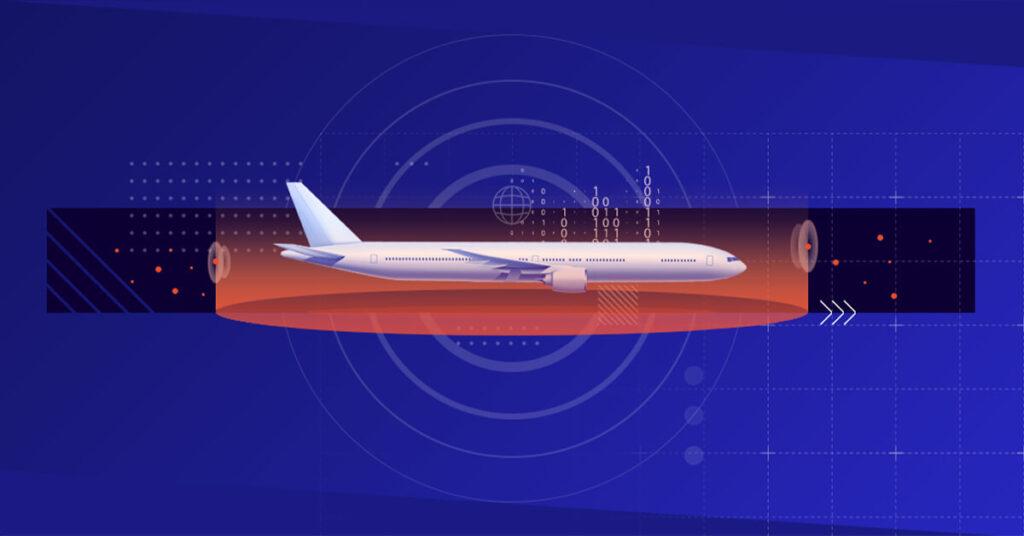The current pandemic has sent passenger demand for air travel into a nosedive and many airlines are fighting for survival. With several business models of airlines operating in Europe, there are numerous ways for each type to stimulate passenger demand and regain lost revenues.
While low-cost carriers choose strong expansion and opening of new bases and routes, airlines operating on a premium travel model may look towards different, more sustainable ways of stimulating growth of passenger numbers during the recovery of the aviation sector.
Hannes Müller and Christine Weigner from Lufthansa Consulting will take a closer look and share insights about ways of increasing passenger demand after COVID-19 pandemic during Air Convention Digital Week 2020 online event: https://digital.airconvention.com/
COVID-19 pandemic had a significant impact on passenger figures around the globe. While operations are gradually resuming, the number of people flying is still lower when compared to the pre-crisis level. With many different airline business models prominent in Europe, different approaches to ramp up passenger demand will follow.
Europe’s financially strongest airlines during the current pandemic have been low-cost carriers like Ryanair and Wizzair. They operate on a strict low-cost carrier model selling cheap flight tickets to many destinations around Europe.
The CEO of Wizz Air Joszef Varadi said in a statement on May 27, 2020: “We can survive without carrying a single passenger operating a single flight for 24 months. So if we are forced to be on the ground for two full years, we could still stay in business.”
The statement can be seen as an example for airlines keeping only a few months of their expenses in their bank account. With that, the airline continued to impress the flying public by opening four new bases and adding more than 50 routes to its already broad route network. As a result, Wizzair hopes to boost passenger demand by adding more routes and possibilities to fly cheap for leisure or business purposes.
On the other hand, there are traditional European carriers like Lufthansa (LHAB) (LHA) , SAS, British Airways, and Iberia. The aforementioned airlines are known for making their money offering premium cabin products and focusing not only on short but also long haul services.
While leisure travels tend to choose LCCs to visit their holiday destinations, premium airlines have an advantage in the business travel market. The first logical step for premium airlines to take would be retiring older, less efficient jumbo jets in order to minimize operating costs and increase fleet efficiency. A step like this would highly benefit SAS (operating Airbus A340), Lufthansa (LHAB) (LHA) (operating Airbus A340, A380 and Boeing 747-400, 747-8), and British Airways (operating the largest Boeing 747-400 fleet in the world).
Largest capacity passenger aircraft the Boeing 747 and Airbus A380 both are less efficient than the industry average, while Airbus A350 and Boeing 787 are the most fuel-efficient aircraft found on the market to this day. The retirement of less economical aircraft could help airlines cut operating costs and discount ticket prices, thus encouraging business entities’ spending on travel tickets and amenities provided by the airline.
With two different operations models being the most prominent in Europe we can hope to see an influx of new routes and destinations served by LCCs and a sped-up retirement of older, less efficient jets from fleets of established premium carriers.
Join AIR Convention Digital Week on June 15th-19th for more expert opinions.

